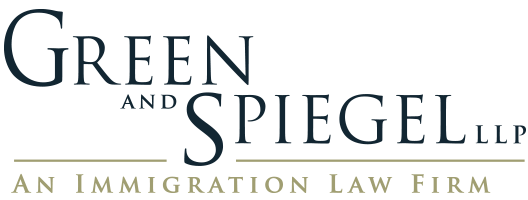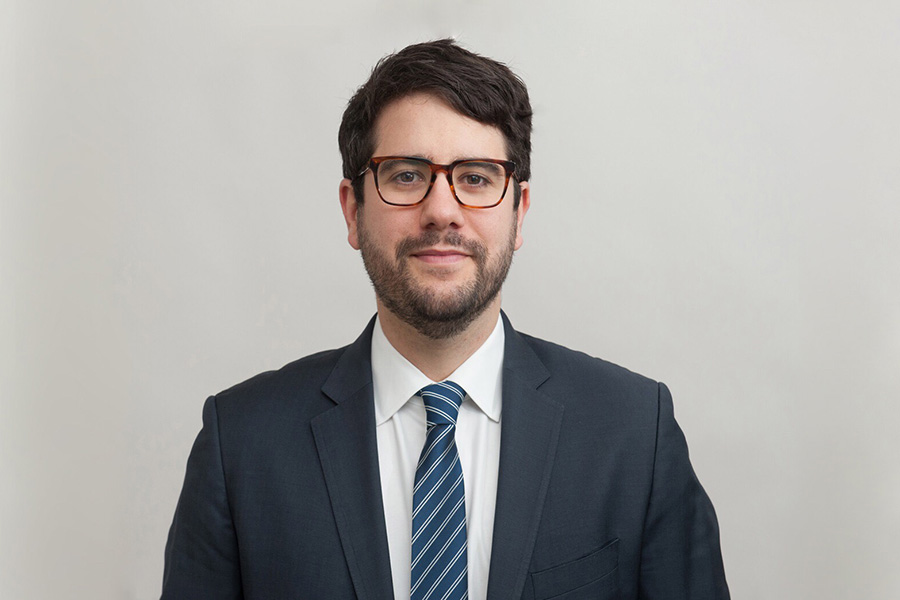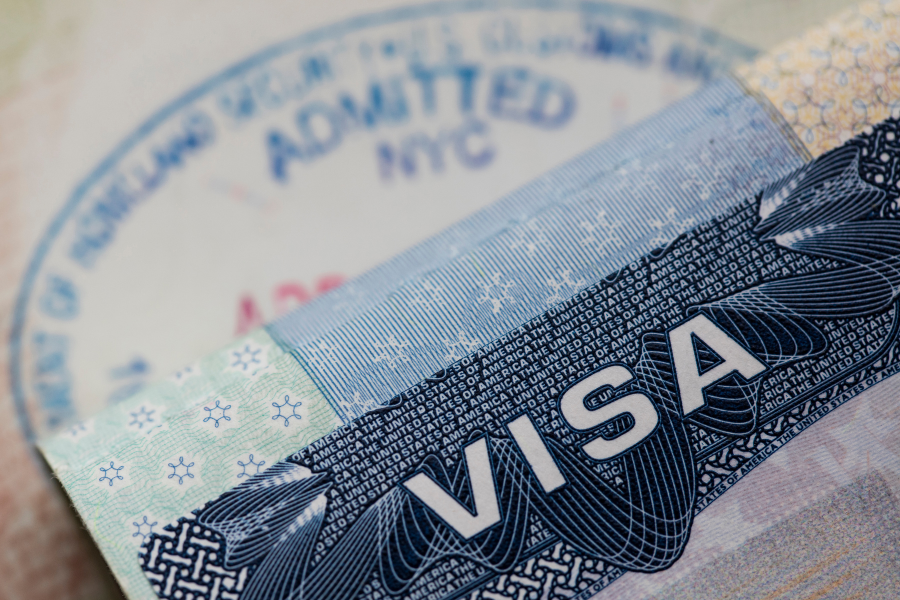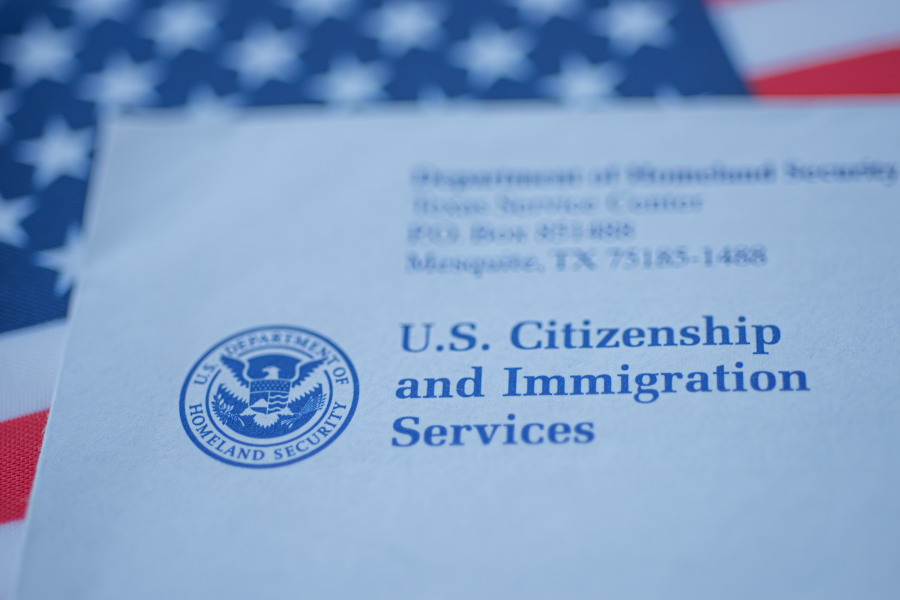Quick Takeaways:
- With limited international flights and country-specific restrictions, leaving the United States may present issues up front.
- Ongoing travel restrictions, consular closings, visa suspensions, and other issues may hinder readmission to the United States.
- In particular, direct travel from mainland Europe, the UK/Ireland, Brazil, Iran, and mainland China to the United States remains very limited, and may require an exception.
- Certain H, L, and J Visas remain unavailable through the end of the year, and routine visa services continue to be sporadic and subject to cancellation.
- These restrictions may change in the coming weeks depending on COVID-19 developments in the United States and around the world.
- Please reach out if you have specific questions about your travel plans.
At this time of year, we customarily field myriad questions regarding international travel. After all, the holidays are a time for short work weeks and family get togethers, which means our clients frequently return to their home countries and want to know the limitations and/or obligations they may face when coming back to the United States. As with any client question, but especially when it comes to facilitating family reunions, we are always happy to advise on the what, where, when, why, and how of traveling to the United States after a trip abroad.
Like everything else, thanks to COVID-19 this question is a complicated one to answer; more than 10 months after the Trump Administration announced its initial limitations on travelers from mainland China, amidst an ongoing wave of infections, and in the penumbra of widespread vaccine(s) deployment across the country and around the world, international travel to and from the United States remains exceedingly fraught. Between border closures, irregular consular services, visa suspensions, travel restrictions, quarantine requirements, and flight availability (or lack thereof) – all of which are subject to change based on local conditions – there is a lot to keep track of, as well! As such, we strongly suggest that if you have questions regarding international travel during this holiday season, that you reach out to our office directly.
But in the meantime, please see below for a primer on potential barriers to international travel, so that you do not show up to the airport, realize you cannot board the plane, and then look like this:
Leaving the United States – Where Can You Go?
While our practice is reserved to U.S. immigration and nationality law, questions of travel and/or visa requirements for other nations frequently arise. If a citizen of China wants to process an L-1 Visa without returning to their home country, what options do they have, and how can they take advantage of those options? When it comes to questions about travel to Canada, our Toronto Office is the best resource possible. In addition, we also work with local counsel around the world to provide the best, country-specific guidance for clients that require these services.
In light of COVID-19, however, this question has become even more complex due to the country-by-country, or bloc-by-bloc, rules regarding who may cross their borders, under what circumstances, and how that depends on the country from which you are traveling. Notwithstanding the relatively sparse availability of international flights around the world, we are not aware of any country that has prohibited its own citizens from returning to their home country, and permanent residents are also generally permitted to return to their adopted countries. As discussed below, these exemptions, amongst others, have always been in place for any and all restrictions placed on travelers coming to the United States.
For non-citizens/permanent residents, it can be a bit trickier. Let us take the U.S. – Canada – Mexico borders as an example. Since the middle of March, the land borders between the United States, Canada, and Mexico have been closed to nonessential travel. At this time, for anyone to re-enter to Canada, they must be a citizen or national, a permanent resident, a person registered under Canada’s Indian Act, or a protected person. For other foreign nationals, they must fall into one of four categories – two of which are for family members, one is for compassionate purposes, and the fourth is for individuals traveling from the United States for non-discretionary purposes. Mexico, on the other hand, has not placed any additional limits on individuals arriving by air – if you were allowed to travel to Mexico in December 2019, you should still be eligible now. And for the citizens of many countries, that means without a Mexican Visa. Thanks to its proximity, lack of restrictions, and relative availability of consular appointments, our Firm has directed many clients to process visas in Mexico.
If you are permitted to enter, different countries may have different quarantine requirements. For example:
- Canada requires a mandatory 14-day quarantine upon arrival in Canada, and proof of a “quarantine” plan. But even this general requirement has exceptions, such as a Canadian Citizen who crosses the U.S. – Canada border for the sole purpose of turning around and applying for re-admission to the United States in a different classification.
- Over the summer, the European Union refused to resume allowing travelers from the United States to enter member nations, but as of late, select countries have begun permitting travelers from the U.S. to enter – either with a 14-day quarantine after arrival, or in the case of selective flights between the United States and the UK and Italy, without a post-arrival quarantine but a series of pre and post-flight negative tests.
- Australia, on the other hand, has implemented a mandatory, 14-day quarantineat the traveler’s personal expense. Australia only permits citizens, residents, immediate family members, and recent visitors to New Zealand to enter the country, and has also placed stringent internal controls on travel between states.
- Travel to Barbados, long-held as a convenient locale for third-country nationals to process visas, requires a negative PCR test within 72 hours of arrival, and post-arrival quarantine until a new test can be administered.
- Mexico, Costa Rica, Brazil, Serbia, and others permit travel without any testing requirements.
Within the United States, foreign nationals generally need not require any special permission to travel; you do not need a valid visa to travel from Pennsylvania to New Jersey. However, it is worth mentioning that individual U.S. States have implemented public health measures that restrict interstate travel, while U.S. States and municipalities have issued stay at home/shelter in place orders which, if violated, could result in a fine. Likewise, if your travels bring you within 100 miles of a U.S. Border, you may be questioned by a U.S. Customs and Border Protection Agent. And even though U.S. territories such as Puerto Rico, Guam, the U.S. Virgin Islands, and others are technically within the United States, officials, from time-to-time, do request proof of immigration status when traveling to and from these locations.
Returning to the United States – So You’ve Left, but Can You Come Back?
Once abroad, foreign nationals may face significant hurdles to returning to the United States following their holiday travel. These hurdles can be broken-down into the following categories, each of which may trigger several sets of questions to determine whether you are, in fact, allowed to return to the United States:
Can You Leave the Country Where You Find Yourself?
As a threshold matter, many countries have restricted their citizens from departing the country for routine purposes. For example, Australia requires citizens and permanent residents to obtain an exemption before departing the country. Certain individuals, including those who are ordinarily the resident of another country, may automatically receive such an exemption. Therefore, an Australian citizen who has returned to Sydney to renew their E-3 Visa may be automatically exempted from seeking permission to leave so they can return to their current residence in the United States; but a first-time E-3 Visa Applicant will almost certainly need to obtain an exemption before boarding a flight back to the United States. In any event, it is best to verify country-specific requirements with local counsel.
With respect to flights, their availability, and the likelihood of taking-off as scheduled, are other threshold issues. As has been well-publicized, COVID-19 has been acutely painful for the airline industry, with international flights becoming sparse. And if you can get one, frequent cancellations mean that a flight purchased does not guarantee a return trip on the day of your choosing.
Do You Need a Valid Visa?
Not all foreign nationals require a visa in their passport to seek admission to the United States, depending on the purpose of their travel. Most notably, Canadian passport holders are generally exempt from applying for nonimmigrant visas to the United States. As such, if the U.S. Department of Homeland Security’s, U.S. Citizenship and Immigration Service (“USCIS”) has approved a Canadian Citizen for a nonimmigrant visa classification, they may travel to the United States by land, air, or sea, without seeking a visa in their passport. Likewise, Canadian citizens continue to be able to apply for TN classification and L classification at U.S. Ports of Entry, including at land crossings. These options have remained available throughout the COVID-19 pandemic.
Similarly, citizens of certain countries may travel to the United States via the Visa Waiver Program, which requires the completion of an online application for Electronic System for Travel Authorization (“ESTA”). With ESTA, foreign nationals may enter the United States for an initial period of 90 days for tourism or limited business activities. Traditionally, ESTA travelers could not apply to extend their period of stay, or request a change to another nonimmigrant visa classification. However, during COVID-19, Ports of Entry have provided instructions for ESTA travelers to seek 30-day extensions of their visitor status via a mechanism known as Satisfactory Departure.
Additionally, foreign nationals with valid nonimmigrant visas may be permitted to return to the United States, subject to the travel restrictions outlined below. Most commonly, this situation will manifest itself as follows: Employee works for Company ABC, which sponsored their work visa. Employee has a valid work visa annotated for Company ABC in their passport, has proof that they are still employed by Company ABC, and that they are returning to the United States to resume this employment. Another formulation that is common in the H-1B context: Employee has a valid H-1B Visa from Company ABC, but recently got new Petition approved for Corporation XYZ. So long as the H-1B Visa remains valid, Employee can return to the United States with Company ABC’s H-1B Visa in their passport and Corporation XYZ’s Approval Notice in-hand. Having proof of employment with Corporation XYZ on hand is also suggested.
Lastly, there are situations when certain travelers who normally require a valid visa are permitted to re-enter the United States with an expired visa, or using a visa for a classification that is different than the one they presently hold. This mechanism, called Automatic Revalidation, is only available for travelers who, amongst other requirements, have been to Canada or Mexico for 30 days or less, have previously been issued a visa that has expired (or which was for a different classification), who have a valid I-94 record, and who have not applied for a visa while outside the United States. Importantly, that means that F-1 students with F-1 visas who recently changed status to H-1B, may be permitted to reenter the United States in H-1B, even though they don’t have a valid H-1B Visa in their passports, so long as they have spent 30 days or less in Mexico (or Canada, but only if they can get to Canada in the first place – please see above). For F-1 and M-1 students, re-entry to the United States following travel of this length is also permitted to several islands in the Caribbean.
If You Need a Valid Visa, Can You Get One?
For those that need them, obtaining a visa in your passport generally consists of two separate but related processes:
Step 1: Petition USCIS for an immigrant or nonimmigrant benefit.
Step 2: Once approved, apply for an immigrant or nonimmigrant visa at a U.S. Consulate abroad.
There are, of course, exceptions to this general progression. For example, an Australian Citizen may apply for an E-3 Visa directly at a U.S. Consulate. The same goes for Chilean and Singaporean Citizens with H-1B1 Visas, and Mexican Citizens with TN Visas. I Visa holders also have the option of applying directly at a U.S. Consulate abroad, as do applicants for B-1/B-2 Visas. As noted above, Canadians may only need to complete Step 1 and then take their approval to a U.S. Port of Entry. Or if they are seeking admission in TN or L-1 status, they may side-step both processes and apply directly for admission as a nonimmigrant worker at a U.S. Port of Entry. But by and large, individuals traveling to the United States must receive approval from USCIS, and then obtain a visa in their passport from a U.S. Consulate abroad, before they can travel to the United States and seek admission in their requested classification.
COVID-19 has, without question, impacted USCIS’ capacity to process cases internally. Though the Service avoided a mass furlough over the summer, numerous requests have been subjected to even longer processing times than normal. In the present context, USCIS’ suspension of in-person services has left many applicants waiting for months on end for permission to work, travel, assume Lawful Permanent Residency, or other benefits that rely on the taking of fingerprints and/or in-person interviews. For other cases that do not have access to Premium Processing (e.g. – changes/extensions of status on Form I-539, E-3 Petitions, etc.), these delays have produced uncertainty. Similarly, operational backlogs have created further delays in processing requests for immigrant visas abroad. In other instances, Premium Processing was suspended earlier this year; and recently, USCIS increased the fee to up-to-$2,500.00 for most classifications.
When compared to U.S. Consulates abroad, however, USCIS is operating on all cylinders. That is because since the middle of March, most U.S. Consulates around the globe have suspended routine visa services. Select Consulates have resumed routine services (which, though able to be scheduled, are still frequently cancelled, sometimes only with a day’s notice), while others have continued to process mail-in submissions for select applicants. Otherwise, to get into a U.S. Consulate, applicants have been forced to obtain emergency appointments. While our Firm enjoyed widespread success in securing emergency appointments at willing Consulates over the summer and into the fall, as of late these same Consulates have refused such requests. And with COVID-19 infection rates rising worldwide, we would not be surprised to see more and more Consulates further restrict their routine services, and heighten their standards for granting emergency appointments.
Even if a Consulate were open for routine business, thanks to the Trump Administration’s Executive Orders from earlier this year, certain visa classifications remain unavailable through the end of 2020, if not longer. Specifically, since April 2020, the Trump Administration has suspended the issuance of a large swath of immigrant visas – both for family members of U.S. Citizens and Lawful Permanent Residents, as well as employment-based immigrants and winners of the Diversity Visa Lottery. A June 2020 Executive Order extended the immigrant visa suspension and also ceased the issuance of H-1B, H-2B, L-1, and most J-1 Visas for new applicants and their dependent spouses/children through December 31, 2020. There are also National Interest Exceptions (“NIE”) available for each of the affected visa classifications, which must be sought for the Consulate to process an H-1B, H-2B, L-1, J-1 Visa, or Immigrant Visa that would otherwise be suspended through the rest of the year. Moreover, following a federal injunction in early October, the suspension does not apply to the Plaintiffs in National Association of Manufacturers et al. v. Department of Homeland Security their member organizations (including members of the U.S. Chamber of Commerce).
Where Have You Been?
Just as U.S. travelers are limited in where they can venture, numerous Presidential Proclamations over the past 10 months have placed strict restrictions on individuals who have recently been in the following countries:
According to these orders, foreign nationals may not seek admission to the United States if they have been physically present in any of these countries within 14 days of traveling to the United States. This bar includes foreign nationals who have simply passed through these countries on their way to the United States. For example, earlier this year one of our clients flew home to India via China. Even though this person’s direct flight from India to the United States was more than 2 weeks after transiting through China, they still faced resistance when attempting to return.
U.S. Citizens, Lawful Permanent Residents, spouses of Citizens/Residents, and those whose admission is in the national interest are exempt from this order. The latter process is technically separate from the NIE mentioned above. If granted by the Consulate or by Customs and Border Protection, it will permit a single admission within 30 days of receipt. Likewise, though initially included, the Department of State confirmed that F-1 and M-1 Students traveling from Schengen Area countries and the UK/Ireland need not apply for an exception before departing for the United States. If no exception is available, foreign nationals do have the option of spending two weeks in a country that will (a) permit their entry; and (b) is not subject to entry restrictions to the United States. For example, many clients have returned to the United States via a two-week stay in Mexico, Croatia.
Conclusion – This is Complicated! Do Not Hesitate to Reach Out!
The above-discussed, often-overlapping issues create a complex web of considerations for international travelers this holiday season. We at Green and Spiegel remain on the ready to assist and address individual questions – so please do not hesitate to contact our office if you have any other questions or concerns.





